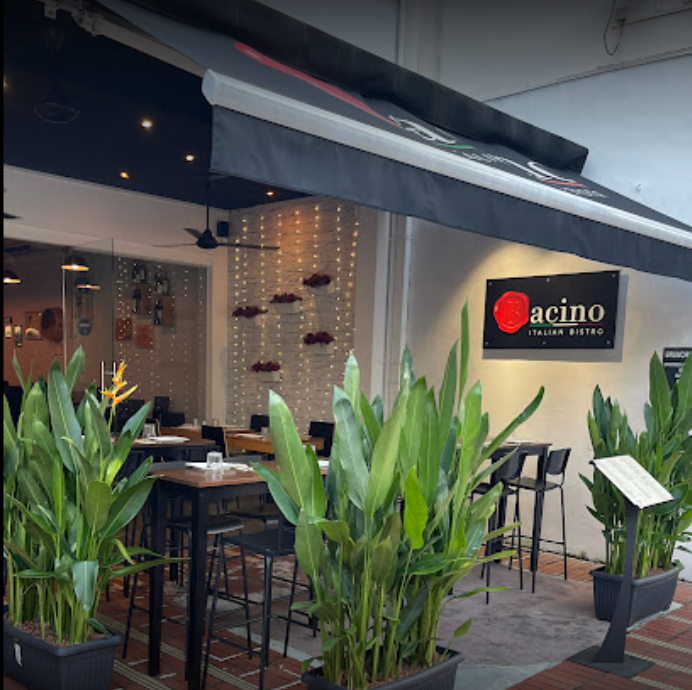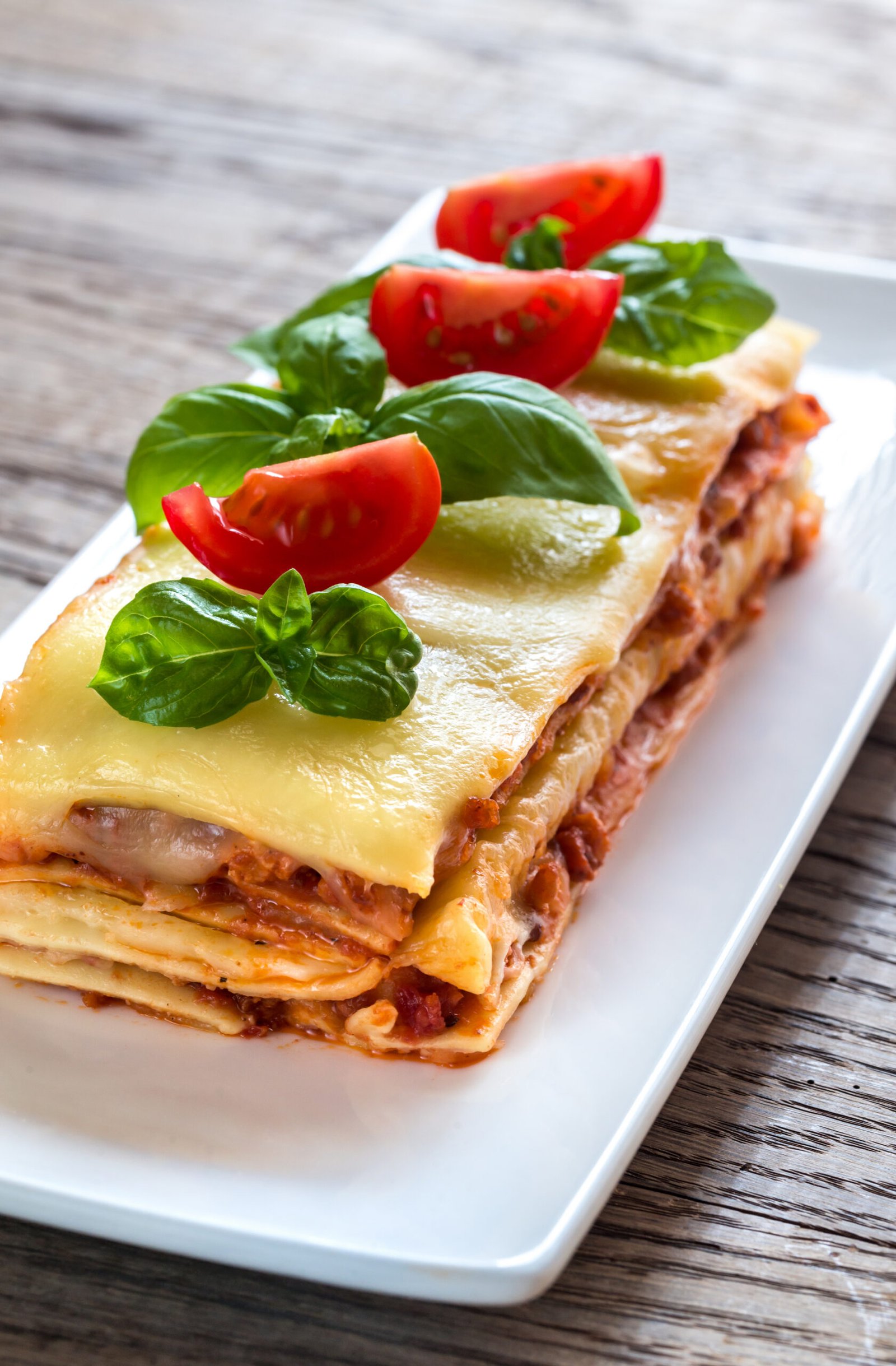Introduction
Saltimbocca alla Romana is a culinary masterpiece from Rome that combines tender veal, savory prosciutto, and aromatic sage leaves in a way that’s simply unforgettable.
Key takeaway: In this article, we’ll guide you step-by-step through the preparation of the perfect Saltimbocca alla Romana at home. Get ready to capture the essence of this classic Roman dish in every bite.
What makes Saltimbocca alla Romana so special? It’s all about the ingredients:
- Veal: Tender and juicy
- Prosciutto: Adds a salty depth
- Sage leaves: Infuse the dish with a unique herbal flavor
- White wine: Enhances the overall taste profile
These elements come together to create a symphony of flavors that will transport you straight to the heart of Rome.
The History and Significance of Saltimbocca alla Romana
Saltimbocca alla Romana is not just a dish; it’s a flavorful journey through the rich tapestry of Roman history. Originating from Rome, this classic recipe has been cherished for centuries, making its mark as a beloved staple in Roman gastronomy. Imagine gathering around a rustic table in a local trattoria or at family gatherings, where this dish often takes center stage, delighting everyone with its simplicity and depth of flavor.
1. Historical Background
The name “Saltimbocca” literally translates to “jumps in the mouth,” indicating just how irresistible this dish is. Its origins are deeply rooted in traditional Italian cuisine, and it has been passed down through generations, becoming a symbol of Roman culinary heritage.
2. Cultural Importance
Saltimbocca alla Romana is more than just food; it’s a cultural artifact. It represents the essence of Italian cooking—using fresh, high-quality ingredients to create something extraordinary. Families have been sharing this dish for years, each bite reinforcing bonds and creating memories.
3. Regional Variations
While the Roman version is the most well-known, there are interesting regional twists across Italy. Some variations might include different types of wine or even switch up the protein used. These adaptations showcase the creativity within Italian culinary traditions while maintaining the core essence of the dish.
This historical richness and cultural significance make Saltimbocca alla Romana much more than just a meal; it’s an experience that brings people together, celebrating both tradition and taste.
Key Ingredients for Authentic Saltimbocca alla Romana
Quality is Key
Using high-quality ingredients can truly elevate Saltimbocca alla Romana to new heights. Here’s what you need:
- Veal: Opt for tender, thinly sliced veal cutlets. Look for cuts like veal scallopini or top round. The quality of the veal significantly impacts the dish’s tenderness and flavor.
- Prosciutto: Sourcing flavorful prosciutto is crucial. Go for a high-quality, thinly sliced prosciutto di Parma or San Daniele. Its salty, savory notes perfectly complement the veal.
- Sage Leaves: Fresh sage leaves are a must. They add a fragrant, earthy aroma that balances the richness of the meat and prosciutto.
White Wine Magic
White wine plays a vital role in creating the luscious sauce that accompanies Saltimbocca alla Romana.
- Wine Choice: A dry white wine like Pinot Grigio or Sauvignon Blanc works well. These wines offer a crisp acidity that deglazes the pan beautifully, enhancing the overall taste profile.
Flour Power
Flour isn’t just for coating; it serves multiple purposes in this recipe:
- Tenderizing: Lightly dredging the veal in flour helps tenderize it.
- Golden Crust: The flour creates a golden crust when sautéed in olive oil and butter, adding texture and flavor to the dish.
By focusing on these key ingredients and their roles, you’ll be well on your way to mastering the art of Saltimbocca alla Romana at home!
Step-by-Step Recipe Guide
Ready to make some Saltimbocca alla Romana? Let’s go through it step by step to ensure you master this classic dish.
1. Pounding the Veal and Seasoning it to Perfection
First things first, start by pounding the veal fillets. You want them thin enough to cook quickly and evenly. Here’s what you’ll need:
- Veal fillets (about 4-6 ounces each)
- Plastic wrap or a zip-top bag
- Meat mallet or rolling pin
Place the veal fillet between two pieces of plastic wrap or inside a zip-top bag. This prevents mess and helps in achieving an even thickness. Gently pound the veal until it’s about 1/4 inch thick.
Season both sides with a pinch of salt and freshly ground black pepper. Simple, right?
2. Adding an Aromatic Layer with Sage and Prosciutto
Next up, let’s add that aromatic goodness:
- Fresh sage leaves
- Thin slices of prosciutto
Lay one or two sage leaves on each piece of veal, then top it with a slice of prosciutto. Lightly press down so that everything sticks together nicely.
3. The Right Way to Coat the Fillets in Flour
Time for some flour action:
- All-purpose flour
Dredge each veal fillet lightly in flour, shaking off any excess. This step helps create a golden crust when sautéing and also thickens the sauce later.
4. Sautéing with Care in Olive Oil and Butter for Optimal Flavor
Here’s where your kitchen starts to smell amazing:
- Extra virgin olive oil
- Unsalted butter
Heat a large skillet over medium-high heat and add a splash of olive oil along with a pat of butter. When the butter has melted and is sizzling but not browned, carefully place your prepared veal fillets into the pan, prosciutto side down first.
Cook for about 2 minutes on each side or until they’re golden brown and cooked through. Remove them from the pan and set aside on a warm plate.
5. Creating a Luscious White Wine and Sage Sauce to Serve with the Dish
Now, let’s make the sauce:
- Dry white wine (like Sauvignon Blanc or Pinot Grigio)
- Fresh sage leaves
- Chicken stock (optional)
With your skillet still hot, pour in about half a cup of white wine, scraping up any browned bits from the bottom – that’s where all your flavor is hiding! Toss in a few more fresh sage leaves for that extra punch.
Let the wine reduce by half; if you want a richer sauce, add a splash of chicken stock at this point too. Once reduced, return your veal fillets to the pan briefly to soak up some of that delicious sauce.
Serve immediately with your favorite sides – sautéed spinach or roasted veggies are perfect companions.
Enhancements and Variations
Got your Saltimbocca alla Romana down? Time to jazz it up!
Serving Suggestions
Pairing your Saltimbocca with the right sides can elevate the meal to a whole new level. Traditional accompaniments like sautéed spinach or seasonal roasted vegetables not only complement the flavors but also offer a balanced meal idea. Imagine those crispy veal fillets nestled next to a bed of garlicky spinach or sweet, caramelized carrots. Perfection.
Creative Twists
Wanna get a bit adventurous? Try using Marsala wine instead of white wine in your sauce. Marsala brings a deeper, more complex flavor profile that’s both rich and slightly sweet, giving your Saltimbocca an unexpected twist. This variation will make your taste buds do a happy dance.
Alternative Protein Options
Not into veal? No worries! Thinly sliced chicken breasts make an excellent substitute. The process remains the same: pound the chicken thin, layer with prosciutto and sage, coat in flour, and sauté to golden perfection. Not only does this provide a lighter option, but it’s also great for those who prefer poultry over red meat.
Feel free to mix and match these ideas to create your own unique spin on this Roman classic!
Expert Tips for Mastering Saltimbocca alla Romana
Tips and Tricks for Perfect Preparation
1. Veal Selection
- Choose veal cutlets that are thin and uniform in thickness. This ensures even cooking.
- If the cutlets are too thick, place them between plastic wrap and pound gently with a meat mallet.
2. Prosciutto Placement
- Lay the prosciutto flat over the veal and press down firmly. This helps it adhere better during cooking.
- Using kitchen twine or toothpicks can help keep everything in place.
3. The Flour Coating
- Lightly coat each fillet in flour to create a delicate crust without overpowering the other flavors.
- Shake off any excess flour to avoid clumping.
4. Sautéing Techniques
- Use a mix of olive oil and butter for sautéing. Olive oil prevents the butter from burning, while butter adds richness.
- Heat the pan before adding the veal to achieve a golden-brown sear.
Chef-Approved Cooking Techniques
- Cooking Timing: Each side of the veal should be cooked for about 2-3 minutes over medium-high heat until golden brown. Overcooking can toughen the meat.
- Sauce Perfection: Deglaze the pan with white wine, scraping up any browned bits for maximum flavor. Allow the sauce to simmer until it reduces slightly, concentrating its flavors.
Flexibility in Execution
- Adapt Your Kitchen Setup:
- Using a non-stick skillet can prevent sticking if you’re unsure about your pan’s surface.
- If you own a cast iron skillet, it can hold heat well and provide an excellent sear.
Following these expert tips will definitely elevate your Saltimbocca alla Romana game!
Conclusion
Ready to explore the world of Italian cooking? With this guide, you have everything you need to make a delicious Saltimbocca alla Romana that will delight your taste buds and impress your dinner guests. Now, you can bring the flavors of Rome right to your own table.
To enhance your dining experience, consider pairing your Saltimbocca alla Romana with a refreshing white wine like Pinot Grigio or a light red wine such as Chianti. This will elevate the flavors of the dish and create a harmonious combination.
But don’t stop here! There is so much more to discover in Italian cuisine. From hearty pasta dishes to delicate desserts, the possibilities are endless. Continue exploring and enjoying the diverse range of flavors that Italy has to offer. Let the culinary traditions live on in your home, one delicious recipe at a time.
So what are you waiting for? Gather those ingredients, turn on the stove, and let the magic of Saltimbocca alla Romana come alive in your kitchen. Enjoy your meal!
Keywords: Saltimbocca alla Romana, culinary delight
FAQs (Frequently Asked Questions)
What are the key ingredients for preparing Saltimbocca alla Romana?
The key ingredients for authentic Saltimbocca alla Romana include veal, prosciutto, sage leaves, white wine, and flour. These ingredients are essential in capturing the essence of this classic Roman dish and ensuring a flavorful outcome.
What is the historical significance of Saltimbocca alla Romana?
Saltimbocca alla Romana has a rich historical background and is considered a staple in Roman gastronomy. It holds cultural importance as it has been served in family gatherings and local trattorias for generations. Additionally, there are interesting regional variations that showcase the diversity within Italian culinary traditions.
Can you provide a step-by-step guide for preparing Saltimbocca alla Romana?
Certainly! Here’s a step-by-step guide to prepare Saltimbocca alla Romana: 1. Pound the veal fillets and season them to perfection. 2. Add an aromatic layer with sage and prosciutto. 3. Coat the fillets in flour. 4. Sauté them in olive oil and butter for optimal flavor. 5. Create a luscious white wine and sage sauce to serve with the dish.
What are some enhancements and variations that can be made to the traditional Saltimbocca alla Romana recipe?
You can explore traditional accompaniments like sautéed spinach or seasonal roasted vegetables to offer a balanced meal idea. Additionally, you can introduce creative twists on the classic recipe, such as using Marsala wine in the sauce for a deeper, more complex flavor profile. For those who prefer not to use veal, thinly sliced chicken breasts can be used as an alternative protein option.
Do you have any expert tips for mastering Saltimbocca alla Romana?
Yes! We have gathered valuable insights from experienced chefs to help you avoid common pitfalls and achieve restaurant-quality results when preparing Saltimbocca alla Romana. Additionally, we offer additional cooking techniques and timings based on different kitchen setups to ensure flexibility in execution.
How can readers further explore their culinary skills with Italian cuisine after preparing Saltimbocca alla Romana?
After preparing Saltimbocca alla Romana, readers can embark on their own culinary adventure by exploring more recipes from the rich tapestry of Italian cuisine. They can also pair the dish with a recommended wine for a complete sensory experience, keeping the gastronomic traditions alive in their homes.














































































